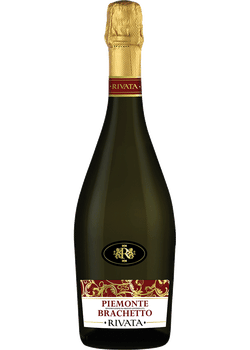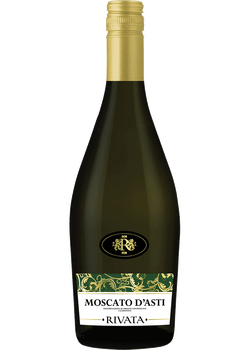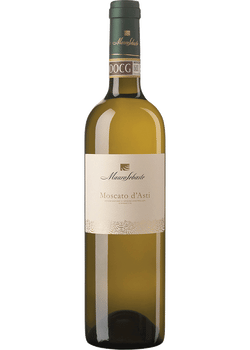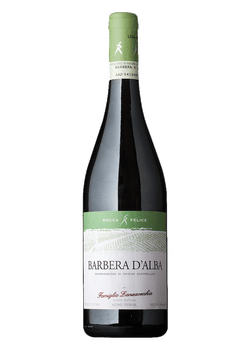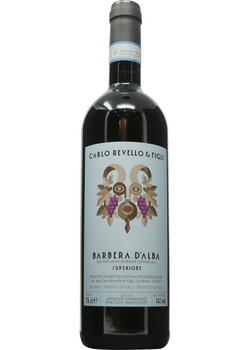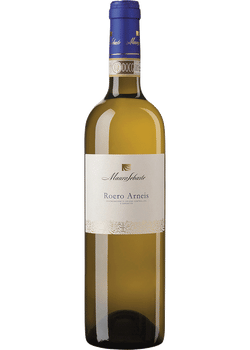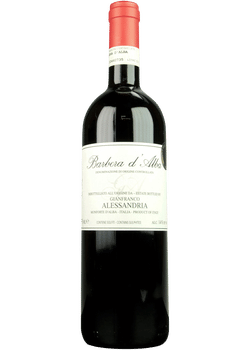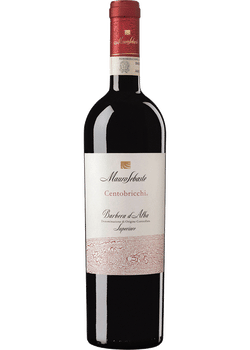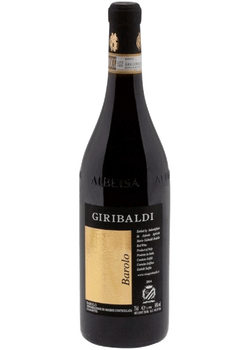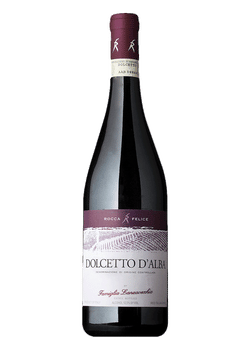Italy’s Piedmont region produces wine as different as light, bubbly Asti and intense, full-bodied Barolo. This diversity is reflected in the Piedmont wine map, which includes 58 individual wine appellations, more than any other Italian region.
Piedmont’s Italian name, Piemonte, means “foot of the mountains,” so the region is just where you’d expect, at the base of the Alps in northwestern Italy. With slopes on three sides of the region, there are abundant hillsides providing optimal terrain for vines. Fine-wine vines need to struggle a little bit, so the fertile plains that make up the rest of Piedmont are not, paradoxically, considered ideal for viticulture. Winters in Piedmont are cold, and summers generally hot and dry.
About two-thirds of the wines produced in Piedmont are red. These wines are generally heavy hitters. Barolo and Barbaresco, made from the dark Nebbiolo grape, are powerful, acidic wines that respond beautifully to aging, making them collectors’ favorites. Lighter-bodied reds, usually made from Barbera or Dolcetto grapes, show their signature acidity in a brighter, refreshing way.
Among the best Piedmont wines are some well-known white wines. Moscato, the region’s most-farmed white grape, is made into sweet and frizzante Moscato d’Asti as well as the fully sparkling Asti. The Cortese grape is used to produce dry and zesty Gavi, a noted still wine from Piedmont.
